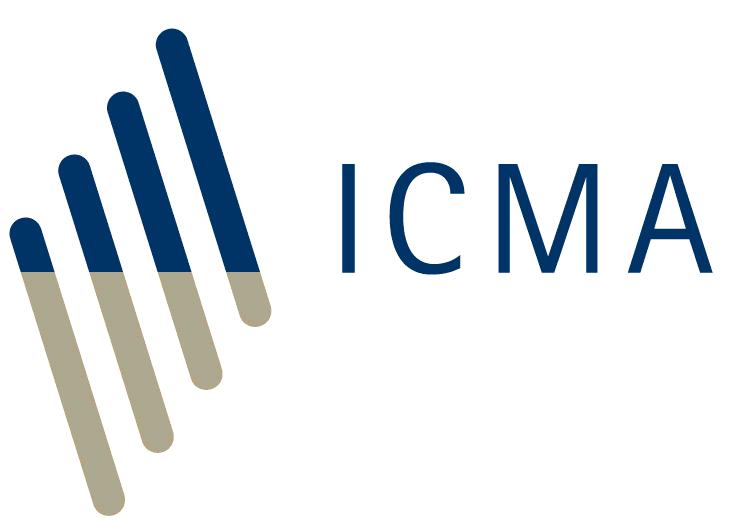<<< Previous page Next page >>>
If the parties have documented their repo business under a master agreement, such as the ICMA’s Global Master Repurchase Agreement (GMRA), default means that one of the parties has committed one of the Events of Default listed in the agreement. In the GMRA, the standard list of Events of Default includes Acts of Insolvency such as the presentation of a petition for the winding-up of the party or the appointment of a liquidator or equivalent official. Other standard Events of Default are:
- failures to pay cash amounts (such as purchase price, repurchase price and manufactured payments) or to meet variation margin calls;
- making an admission of one’s inability or intention not to meet debts as they fall due (under the GMRA 2000, this admission has to be in writing);
- making materially incorrect or untrue representations;
- being suspended or expelled from a securities exchange for specified reasons or (under the GMRA 2000) from a self-regulatory organisation;
- being suspended for specified reasons from dealing in securities by an official body (a ‘government agency’ under the GMRA 2000 or ’Competent Authority’ under the GMRA 2011, the latter term being intended to include the new types of agency established in the wake of the Great Financial Crisis, such as resolution authorities);
- (under the GMRA 2000) having assets transferred to a trustee by a regulator.
There is also a catch-all provision that failure to perform any other obligation under the GMRA is also an Event of Default, if it is not remedied within 30 days of a notice being given of such failure. The parties can also elect to make failure to deliver collateral an Event of Default.
Under the GMRA 2000, the occurrence of either of two particular Acts of Insolvency --- the filing of a petition for the winding-up of a party and the appointment of a liquidator or similar officer --- automatically puts the insolvent party into default. For all other Events of Default, under the GMRA 2000, a party is not actually in default until its counterparty serves a default notice. Under the GMRA 2011, a party is in default as soon as an Event of Default occurs: notice is necessary only to initiate the process of terminating the agreement.
Default notices under the GMRA must be served in writing in English. They can be delivered:
- in person or by courier;
- by registered mail;
- by telex (but not under the GMRA 2011);
- by fax;
- in the form of an electronic message which is capable of reproduction in hard copy (under the GMRA 2011, but not the GMRA 2000, electronic messaging includes e-mail).
Under the GMRA 2000, default starts when letters are delivered; registered mail is either delivered or delivery is attempted; telexes prompt an answerback from the recipient; faxes are received by a responsible employee in legible form; or when an electronic message is received. If the defaulting party refuses to accept delivery or is obstructive, and the non-defaulting party has made all practicable efforts to serve a notice using two of the methods listed in the agreement, the latter can draw up a Special Default Notice to be given to the defaulting party as soon as practicable. By signing such a notice, the non-defaulting party places their counterparty into immediate default under the GMRA 2000 and gives effective notice of the date of termination under the GMRA 2011.
Under the GMRA 2000, once a party is formally in default, the process of close-out netting starts. Under the GMRA 2011, close-out netting requires the non-defaulting party to serve a notice specifying a termination date or as soon as an Event of Default has occurred that the parties have pre-agreed should be subject to Automatic Early Termination. Close-out netting has three stages.
- First, all outstanding obligations due on repos documented under the same GMRA are accelerated for immediate settlement and all variation margin held by the parties is called back.
- Second, the Default Market Value of the collateral securities is fixed and transactions costs and professional expenses included. The non-defaulting party can also add the cost of replacing defaulted repos or, if they consider it reasonable, the cost of replacing or unwinding hedges.
- Third, all sums are converted into the same currency (the one chosen as the Base Currency by the defaulting party when the GMRA was negotiated) and are netted off against each other to produce a single residual amount, which must be notified to the defaulting party. Whoever owes the residual sum must pay it by the next business day. Either party can be charged interest on late payment.
The speed of the valuation stage of the close-out netting process will depend upon the liquidity of the collateral assets. Valuation is under the control of the non-defaulting party. Under the GMRA 2000, they have five business days from the formal date of default to complete the valuation (although this can be extended in exceptional circumstances). Under the GMRA 2011, the non-defaulting party is required only to complete valuation as soon as reasonably practicable. Under both versions of the GMRA, the non-defaulting party has a menu of three valuation options. If they buy or sell collateral, they can use the actual dealing prices realised by selling the collateral. Or they can use dealing prices realised when selling other holdings of the same security. These dealing prices can be applied to whatever collateral is liquidated at the time or to the whole amount. Or the non-defaulting party can use market quotes, or a mix of dealing prices and market quotes, provided the quotes are from two or more market-makers or regular dealers in ‘commercially reasonable’ size. However, if the collateral is so illiquid that the non-defaulting party cannot buy or sell the collateral or, acting in good faith, they cannot find market quotes, does not think it commercially reasonable to try to obtain quotes or they can find quotes but believe it would not be commercially reasonable to use them (e.g. they are for amounts much smaller than needed), then they can estimate the Net Value of the collateral. This is a measure of their fair market value, calculated using whatever pricing sources and methods the non-defaulting party deems appropriate in their reasonable opinion. Sources can include, without limitation, securities with similar maturities, terms and credit characteristics. In effect, the calculation of Net Value is marking-to-model (calculating a theoretical fundamental price) as opposed to marking-to-market (using dealing prices or quotes). Net Value under the GMRA is different from fair market value as defined in accountancy standards. Fair market value for accountancy purposes should be agreed between a willing buyer and a willing seller, neither being under any particular compulsion to trade. The GMRA, on the other hand, is designed for the liquidation of securities after one of the parties has been placed in default, possibly in stressed market conditions.
The non-defaulting party cannot use the close-out netting process to try to recover what are called consequential losses (with the exception of the cost of replacing repos or the cost of replacing or unwinding hedges). These are downstream losses caused by the default (those not immediately due to the default on repos).
The default procedure in the GMRA was thoroughly tested by the default of Lehman Brothers in September 2008. It worked well and the netting of credit exposures under the GMRA and other standard master agreements (eg the Global Master Securities Lending Agreement and the ISDA Master Agreement) significantly mitigated the impact of Great Financial Crisis. Accordingly, the changes to the default procedures introduced by the GMRA 2011 are not fundamental. They are generally intended to give the non-defaulting party more flexibility in calculating the Default Market Values of collateral and to align the provisions of the GMRA more closely to standard master agreements in other markets.
Back to Frequently Asked Questions on Repo contents page
<<< Previous page Next page >>>







